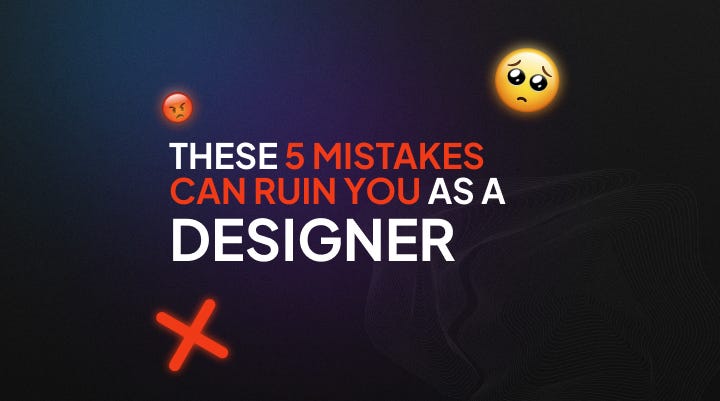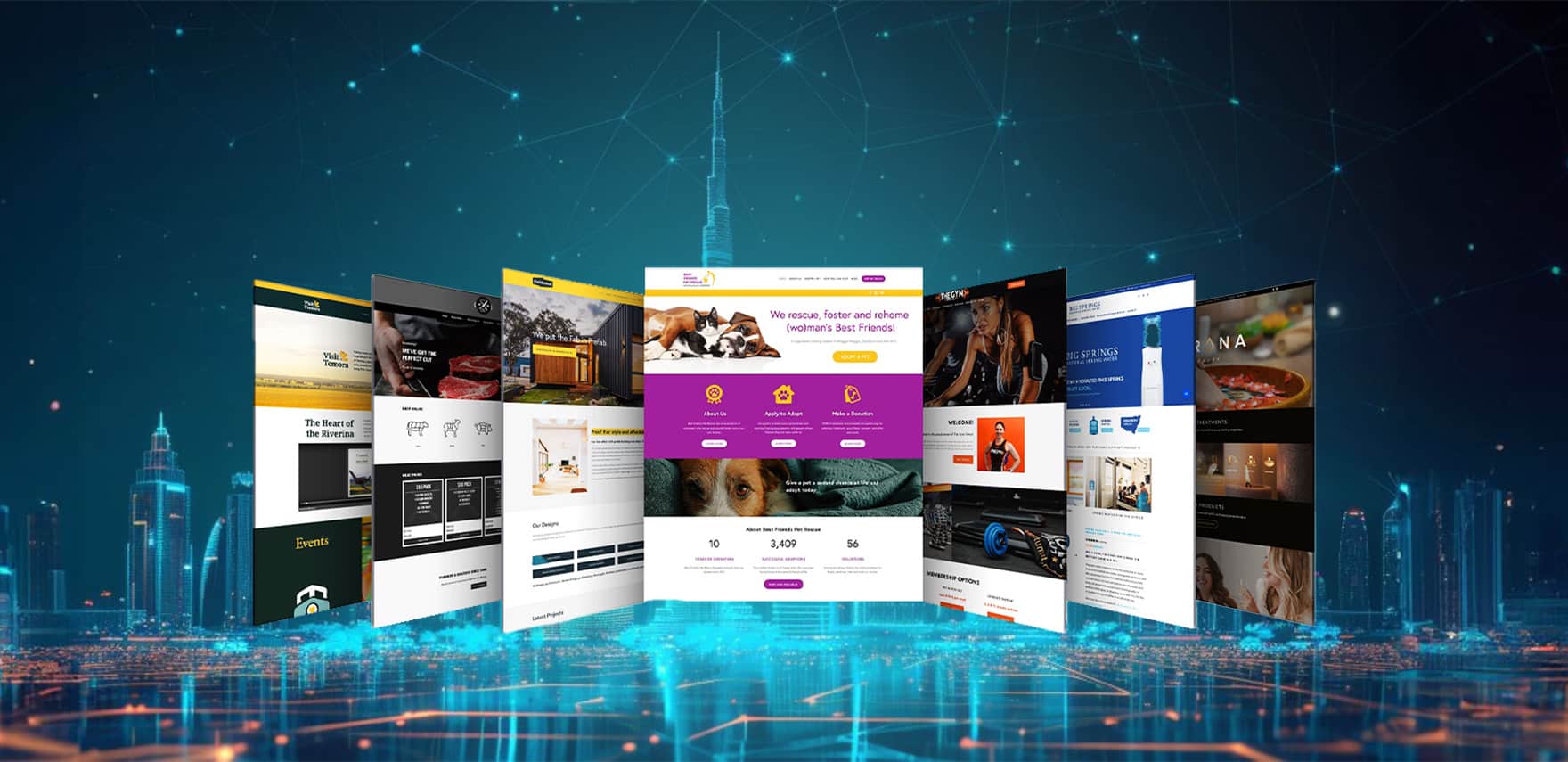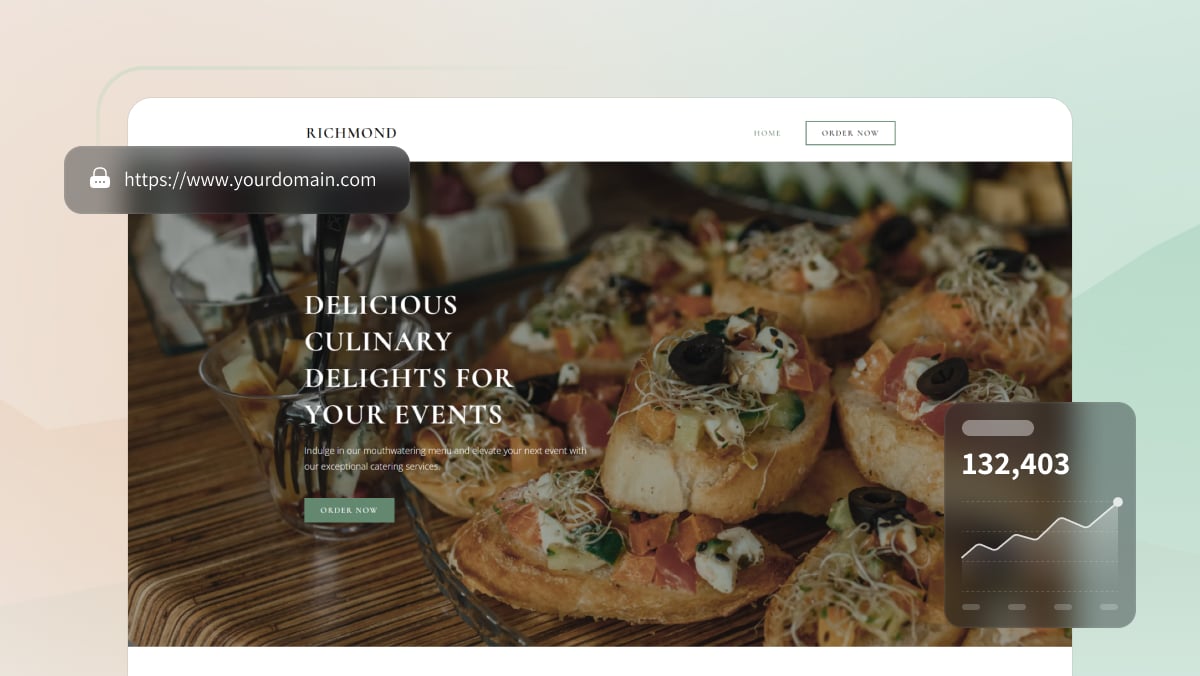Inclusive Website Design in 2025: A Step-by-Step Guide for Building Accessible & Equitable Web Experiences
In 2025, inclusive website design is no longer optional — it’s expected. With a growing emphasis on accessibility, equity, and user-centered digital experiences, businesses and designers must prioritize inclusivity from the ground up.
But what exactly is inclusive website design, and how has it evolved in 2025? More importantly, how can you implement it on your site — whether you’re a designer, developer, or business owner?
In this guide, we’ll break down:
-
What inclusive website design means in today’s landscape
-
Why it matters more than ever
-
A step-by-step process to create inclusive digital experiences
-
FAQs on inclusive design best practices
Let’s dive in.
What Is Inclusive Website Design?
Inclusive website design is the practice of creating websites that are usable and accessible for all people, regardless of ability, age, gender identity, socioeconomic background, language, device, or environment.
It goes beyond traditional web accessibility (which focuses on users with disabilities) to consider a broad spectrum of user needs and contexts — including temporary impairments, cognitive diversity, cultural nuances, and technological limitations.
Key Features of Inclusive Web Design in 2025:
-
Accessibility compliance (WCAG 2.2 and beyond)
-
Responsive and adaptive layouts for various devices
-
Multi-language support and localization
-
Gender-neutral and culturally sensitive language
-
Designs that account for cognitive and neurological diversity
-
User feedback loops to evolve inclusively over time
Why Inclusive Design Matters in 2025

The world — and the web — is more diverse than ever. Here’s why inclusive website design in 2025 is critical:
-
1 in 6 people globally live with a disability (WHO, 2023)
-
Users increasingly expect equitable digital experiences
-
Search engines like Google now consider accessibility in SEO rankings
-
Inclusive design drives higher engagement and conversions
-
Many countries enforce accessibility laws (e.g., ADA, AODA, EAA)
In short, inclusive design isn’t just ethical — it’s smart business.
Step-by-Step Guide: How to Create an Inclusive Website in 2025
Whether you’re revamping an existing site or starting fresh, here’s a step-by-step process to build a truly inclusive digital experience.
Step 1: Start with User Research — The Right Way
Inclusive design starts with inclusive research. Go beyond your usual personas. Instead:
-
Include people with disabilities, neurodiversity, and different cultural backgrounds
-
Test across a variety of devices, screen readers, and assistive tools
-
Use interviews and usability tests to understand real-world barriers
✅ Pro Tip: Partner with accessibility consultants or user advocacy groups early on.
Step 2: Follow Modern Accessibility Standards
Compliance is just the beginning. Ensure your site meets or exceeds:
-
WCAG 2.2 (Web Content Accessibility Guidelines)
-
ARIA (Accessible Rich Internet Applications) roles and labels
-
Keyboard navigation, screen reader compatibility, and proper color contrast
Check your designs using tools like:
-
WAVE
-
axe DevTools
-
Google Lighthouse
Step 3: Design for Cognitive Accessibility
Cognitive accessibility is a key trend in inclusive web design in 2025.
-
Use clear, concise language
-
Avoid overly complex layouts or jargon
-
Offer alternative content formats (e.g., text, audio, video, pictograms)
-
Use progressive disclosure to reduce cognitive overload
✅ Example: Break long forms into smaller steps with clear progress indicators.
Step 4: Be Culturally Inclusive
Your users come from different backgrounds. Reflect that in your design:
-
Avoid culture-specific idioms, metaphors, or humor
-
Use gender-neutral language and visuals
-
Offer language selection and localization support
-
Respect cultural norms around color, imagery, and interaction patterns
✅ Pro Tip: Test your content with native speakers and cultural consultants.
Step 5: Make Interaction Intuitive for All
Everyone interacts with devices differently. Account for:
-
Touch, voice, keyboard, and assistive technology inputs
-
Tap targets large enough for people with motor impairments
-
Clear, consistent navigation patterns
-
Visible focus states and meaningful error messages
✅ Bonus: Support voice assistants and smart devices where possible.
Step 6: Test with Real Users (Not Just Automated Tools)
Accessibility scanners are great, but they don’t catch everything. In 2025:
-
Conduct user testing with people who have diverse needs
-
Use inclusive testing environments (low bandwidth, high contrast, noisy surroundings)
-
Include feedback mechanisms for users to report barriers
✅ Tool Suggestion: Use platforms like Fable or AccessWorks to recruit testers with disabilities.
Step 7: Keep Evolving With Feedback
Inclusivity isn’t a one-time checklist. It’s a continuous improvement cycle:
-
Gather feedback post-launch
-
Monitor accessibility and usage analytics
-
Stay updated with new standards and user needs
✅ Example: Build a feedback widget that allows users to flag accessibility issues in real-time.
FAQs About Inclusive Website Design in 2025

1. Is inclusive design the same as accessible design?
Not quite. Accessible design focuses on people with disabilities, ensuring basic usability. Inclusive design goes further, considering diverse needs across language, culture, cognition, and context. Accessibility is a subset of inclusive design.
2. Does inclusive design affect SEO?
Yes! Google rewards:
-
Accessible content structures
-
Alt text for images
-
Semantic HTML
-
Fast-loading, mobile-friendly pages
Inclusive sites often load faster, engage users longer, and have lower bounce rates — all of which help SEO in 2025.
3. Isn’t inclusive design expensive or time-consuming?
Initially, it may take more effort. But over time, inclusive design:
-
Reduces future redesign costs
-
Improves user retention
-
Expands your audience
-
Avoids legal risks
Think of it as an investment in long-term usability and brand trust.
4. What industries should prioritize inclusive web design?
All industries benefit from inclusive design, but it’s especially crucial for:
-
E-commerce & retail
-
Healthcare & insurance
-
Government & education
-
Banking & fintech
-
Media & news platforms
Anywhere users need to read, purchase, apply, or engage should be inclusive by default.
5. What are common mistakes to avoid?
Avoid:
-
Ignoring keyboard-only users
-
Using poor color contrast
-
Relying only on automated accessibility tests
-
Using placeholder text instead of labels in forms
-
Forgetting about mobile users or those with slow internet
Final Thoughts: Designing for Everyone, Not Just “Most”
Inclusive website design in 2025 isn’t about adding a few accessibility features at the end of your project. It’s about rethinking your entire digital experience to be more welcoming, equitable, and effective for everyone.

When you design with inclusivity in mind:
-
You reach more users
-
You build trust and loyalty
-
You future-proof your brand
Remember: the web was meant to be universal. Let’s keep it that way.





